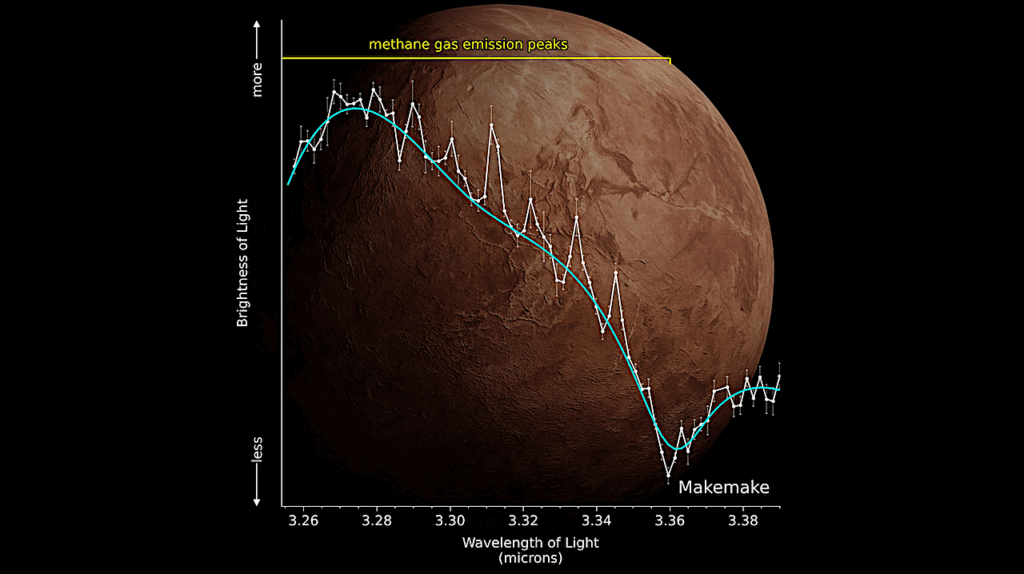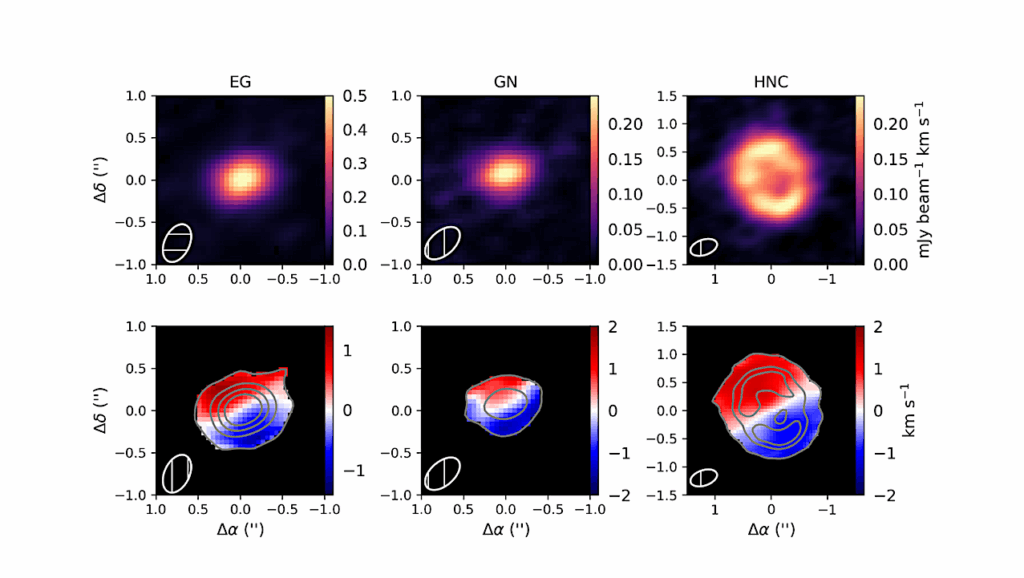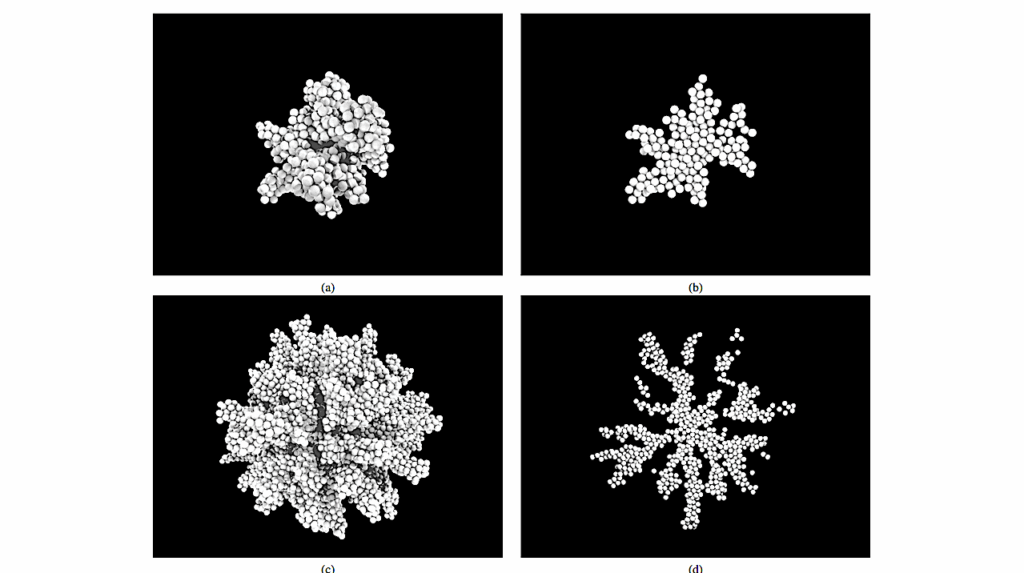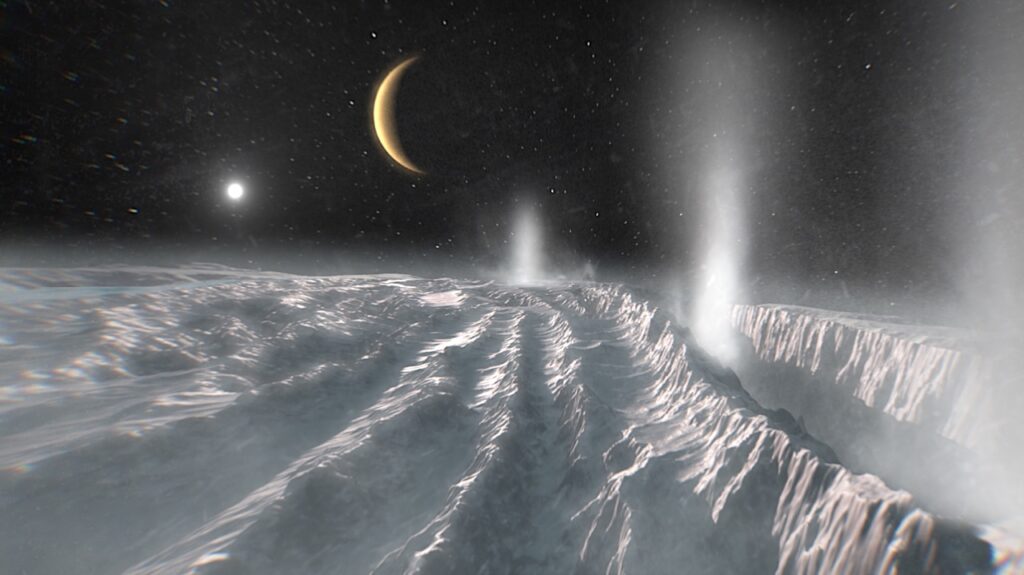Webb Finds Water Vapor, But From A Rocky Planet Or Its Star?

Astronomers used the NASA/ESA/CSA James Webb Space Telescope to study a rocky exoplanet known as GJ 486 b. It is too close to its star to be within the habitable zone, with a surface temperature of about 430 degrees Celsius.
And yet, their observations using Webb’s Near-Infrared Spectrograph (NIRSpec) show hints of water vapor. If the water vapor is associated with the planet, that would indicate that it has an atmosphere despite its scorching temperature and close proximity to its star. Water vapor has been seen on gaseous exoplanets before, but to date no atmosphere has been detected around a rocky exoplanet. However, the team cautions that the water vapor could be on the star itself – specifically, cool starspots – and not from the planet at all.
This graphic shows the transmission spectrum obtained by Webb observations of rocky exoplanet GJ 486 b. The science team’s analysis shows hints of water vapor; however, computer models show that the signal could be from a water-rich planetary atmosphere (indicated by the blue line) or from starspots from the red dwarf host star (indicated by the yellow line). The two models diverge noticeably at shorter infrared wavelengths, indicating that additional observations with other Webb instruments will be needed to constrain the source of the water signal. The background illustration of a planet is an artist concept. Webb has not taken an image of the planet.
GJ 486 b is about 30% larger than the Earth and three times as massive, which means it is a rocky world with stronger gravity than Earth. It orbits a red dwarf star once every two Earth days. It is expected to be tidally locked, with a permanent day side and a permanent night side. While the water vapor could potentially indicate the presence of an atmosphere on GJ 486 b, an equally plausible explanation is water vapor from the star. The planet’s host star is cool enough that water vapor can exist in its photosphere. Since starspots (like sunspots on our Sun) are cooler than the surrounding area, the water vapor would concentrate there. As a result, it could create a signal that mimics a planetary atmosphere. If an atmosphere is present, it would likely have to be constantly replenished by volcanoes ejecting steam from the planet’s interior. If the water is indeed in the planet’s atmosphere, additional observations are needed to narrow down how much water is present.
Future Webb observations may shed more light on this system. An upcoming program will use the Mid-Infrared Instrument (MIRI) to observe the planet’s day side. If the planet has no atmosphere, or only a thin atmosphere, then the hottest part of the day side is expected to be directly under the star. However, if the hottest point is shifted, that would indicate an atmosphere that can circulate heat.
Ultimately, observations at shorter infrared wavelengths by another Webb instrument, the Near-Infrared Imager and Slitless Spectrograph (NIRISS), will be needed to differentiate between the planetary atmosphere and starspot scenarios.
[Image description: Graphic titled “Exoplanet GJ 486 b Transmission Spectrum.” The y-axis is labeled “Amount of Light Blocked” and the x-axis has a scale that ranges from about 0.5 microns to over 5 microns. As you move right along the graph, two lines converge and become overlapping around 3 microns. An inset shows a legend with a yellow line labeled “starspots model,” a blue line labeled “water-rich atmosphere model,” and a white dot with gray, vertical error bar labeled “Webb data.”]
Contact:
ESA Media relations
[email protected]
Astrobiology








